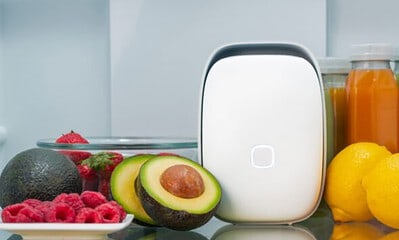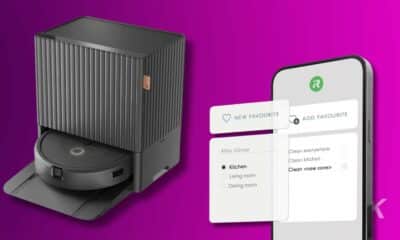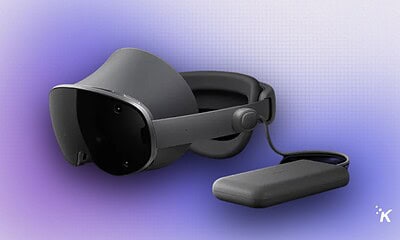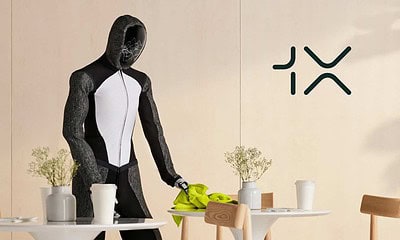Tech
Elon Musk’s humanoid robot might debut at Tesla’s AI Day
Elon Musk says they are revealing Optimus on September 30 during Tesla’s AI Day.
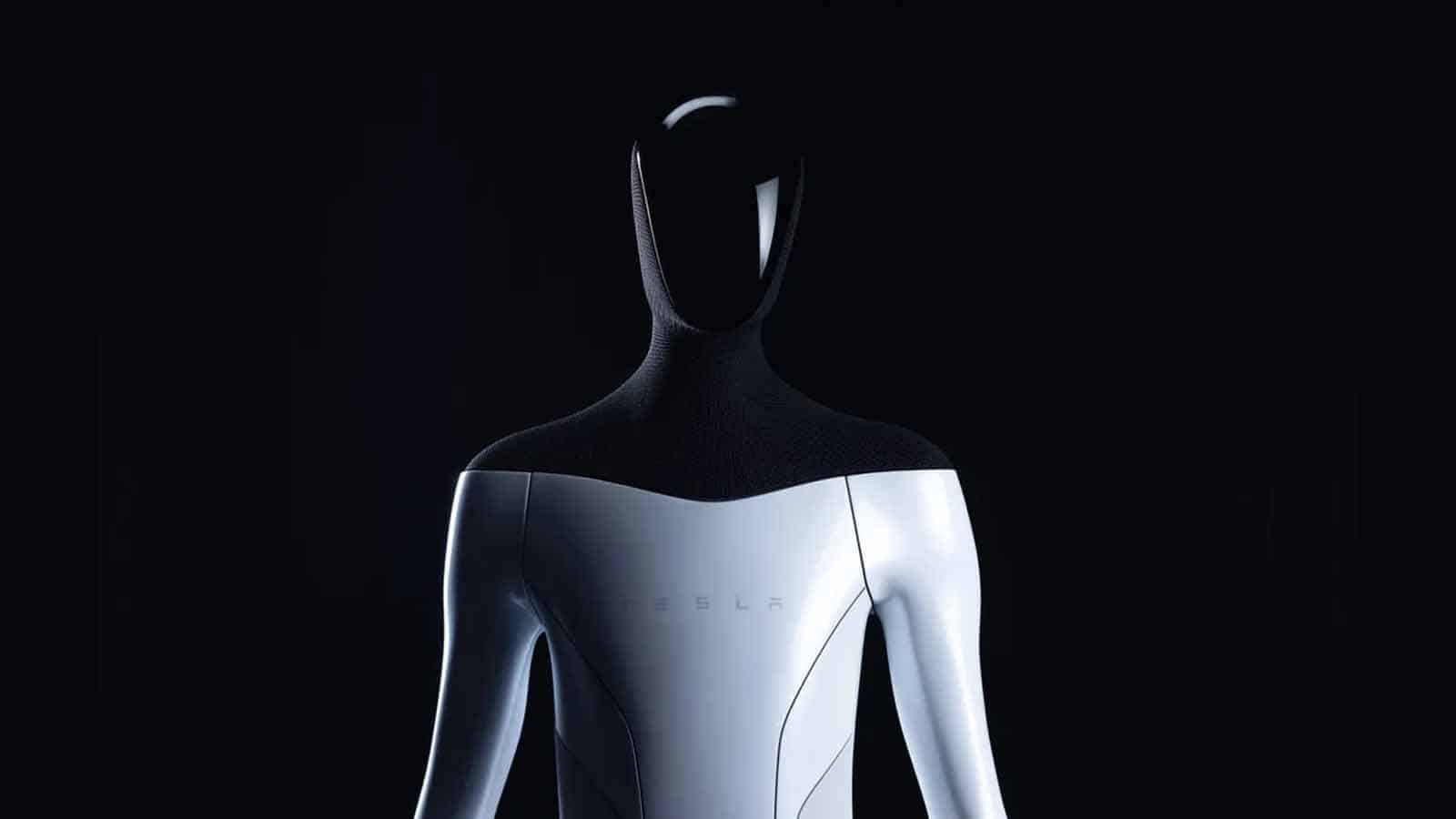
Just a heads up, if you buy something through our links, we may get a small share of the sale. It’s one of the ways we keep the lights on here. Click here for more.
Tesla may demonstrate a working prototype of its Optimus humanoid robot in September, company CEO Elon Musk has claimed.
Musk first teased the existence of Optimus at last year’s Tesla AI Day event. Details about the robot’s eventual pricing and commercial availability are scarce.
But Musk envisions the device as a human companion capable of performing routine daily tasks, like picking up groceries from the supermarket.
READ MORE: Xiaomi unveils a new humanoid robot that can detect emotions
Perhaps most striking of all, Musk believes Optimus will eventually surpass Tesla’s primary vehicle business. In April’s Q1 earnings call, Musk told shareholders:
“I was surprised people didn’t realize the magnitude of the Optimus robot program. The importance of Optimus will become apparent in the coming years. Those who are insightful will understand that Optimus ultimately will be worth more than the car business. Worth more than FSD [full self-driving],” says Musk.
READ MORE: A new Tesla recall could be on the horizon over Autopilot crashes
Tesla is, by no means, the first company to investigate the potential of humanoid robots. The most immediately recognizable example is Honda’s ASIMO, which debuted in 2000. Honda refined ASIMO over four generations, although commercialization efforts stopped in 2018.
Hanson Robotics’ Sophia is another notable example. Sophia gained popularity thanks to the many interviews she conducted starting in 2016.
Humanoid robots could be our future
In almost all examples, humanoid robotics have been used as a marketing tool or research project, rather than something that can make a tangible difference to the bottom line. Tesla’s bullishness is, therefore, somewhat of an aberration.
At the previous Tesla AI Day, held last August, Musk described Tesla as essentially a robotics company. “Our cars are basically semi-sentient robots on wheels,” he said.
The technology that allows Tesla cars to weave through traffic without any human intervention and squeeze into the tightest of parking spaces could, effectively, be applied elsewhere.
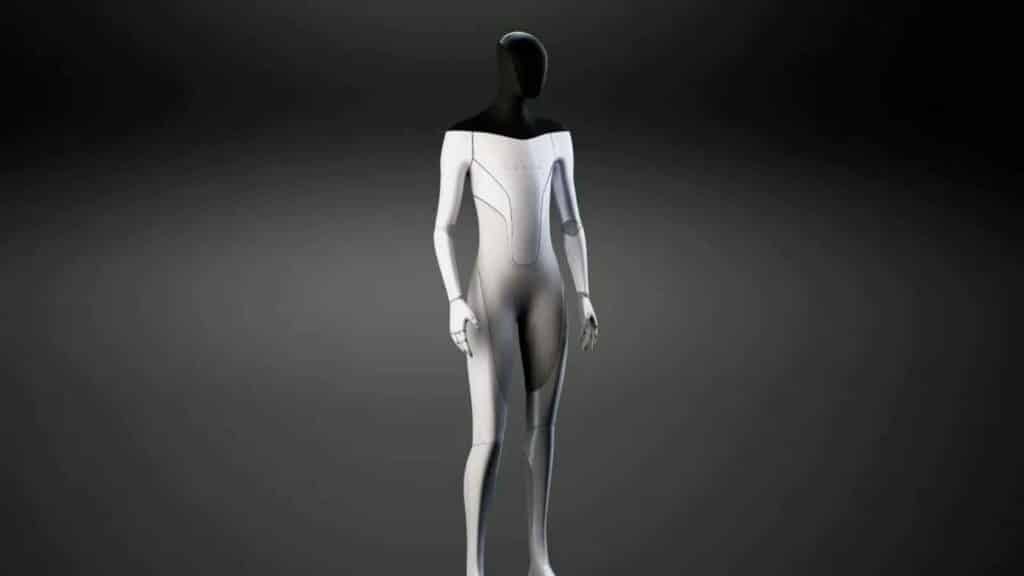
Of course, it’s one thing to build a prototype, and another to release a mass-market product. While Musk has said he eventually believes physical work will be “a choice,” achieving this vision will require Optimus to be cost-effective for individuals and small businesses to actually afford it.
READ MORE: Google shares a first look at its snack-delivery robot
It also stands to question whether this would be a good thing. Automation has lowered the cost of consumer goods but at the cost of massive job losses in certain areas around the world.
Automation also depresses wages
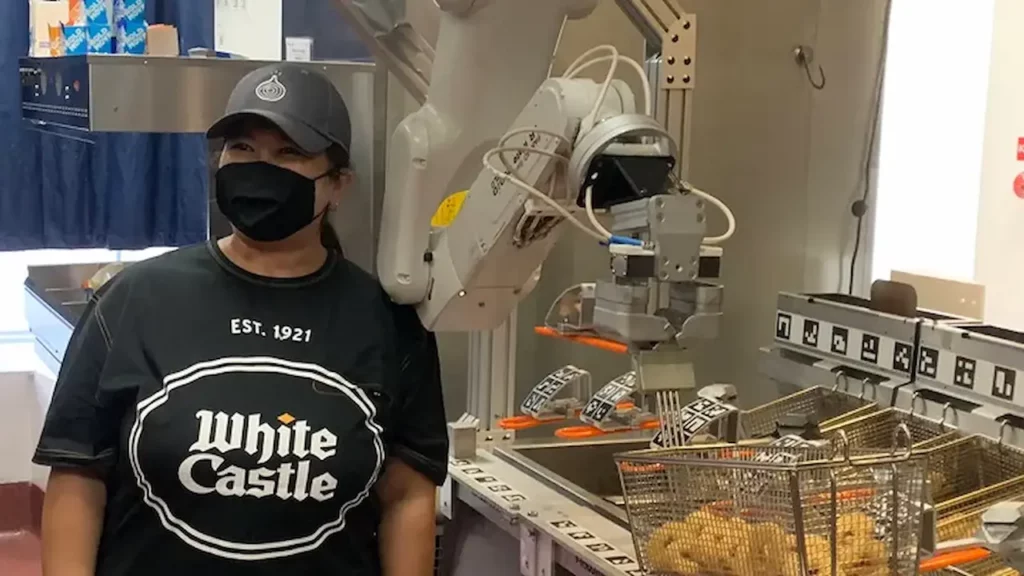
One paper, by MIT professor Darron Acemoglu and Boston University professor Pascal Restrepo, shows that for every robot added per 1,000 workers, wages drop by 0.42 percent. Additionally, the employment-to-population ratio drops by 0.2 percent.
The paper claims that automation has, to date, cost 400,000 jobs. Management consultancy McKinsey further estimates that 8-9 percent of jobs could be lost to automation by 2030.
A world in which physical labour is, as Musk described, “a choice” would have serious economic and societal ramifications. These ramifications can only be addressed by a radical re-imagining of the social safety net. Ideals considered fringe, like Universal Basic Income, would have to become law.
Can Tesla actually make a real, functional robot?

There’s a real chance Tesla could make Optimus a real-world, mass-market product. First: Tesla’s no stranger to diversification. Its core vehicle business coexists with a thriving solar and battery business, and it plans to license its FSD technology to other vehicle manufacturers.
Most importantly: Tesla is extremely good at the technological disciplines necessary for humanoid robotics, including AI and battery development. Although vehicles are the company’s bread-and-butter, it looks and behaves more like a Silicon Valley technology company.
At the same time, there are reasons to be cautious. Tesla – and Musk more generally – has a propensity to boast about things that don’t actually happen. The Twitter acquisition, which increasingly looks like a remote possibility, is a good example.
Additionally, the Cybertruck delay is reaching the two-year mark. And its inherent design means it’ll struggle to earn regulatory approval in Europe and the UK.
Some – including The Verge’s Andrew J. Hawkins – suggest Musk’s cryptic Optimus tweet could be a distraction from major layoffs at Tesla, as well as the decision to force all workers to return to the office.
Figuring Tesla’s direction is an exercise in patience. To learn about Optimus’ progress, we’ll have to wait until September 30.
Have any thoughts on this? Let us know down below in the comments or carry the discussion over to our Twitter or Facebook.
Editors’ Recommendations:
- Dogecoin co-creator says Elon Musk is a grifter
- Elon Musk says he will reverse Donald Trump’s Twitter ban
- Dyson is developing robots to do all of the chores you hate
- Uber Eats is now testing autonomous robot delivery

















